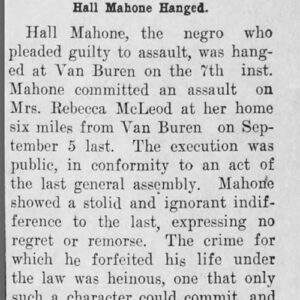 Mahone Execution Article
Mahone Execution Article
Entry Category: Law Enforcement - Starting with M
 Mahone Execution Article
Mahone Execution Article
Mahone, Hall (Execution of)
Maledon, George
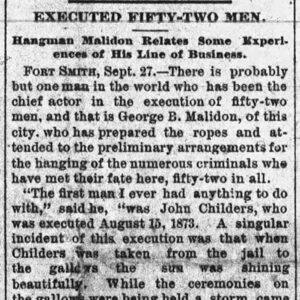 George Maledon Career Story
George Maledon Career Story
Mankiller, Smoker (Execution of)
 Smoker Mankiller Execution Article
Smoker Mankiller Execution Article
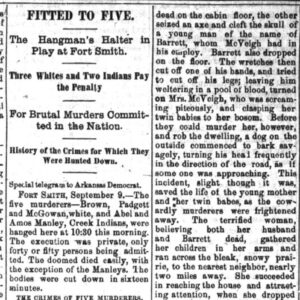 Manley Brothers Execution Article
Manley Brothers Execution Article
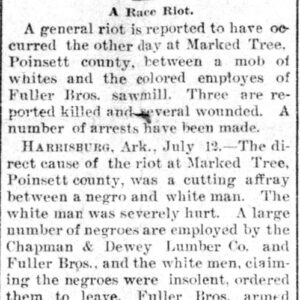 Marked Tree Race Riot Story
Marked Tree Race Riot Story
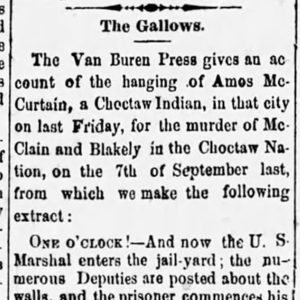 McCurtain Execution Story
McCurtain Execution Story
McCurtain, Amos (Execution of)
McDonald, Maurice Neal “Nick”
McKee, William (Execution of)
McLendon, Will (Reported Lynching of)
 McPherson and Grimes Units
McPherson and Grimes Units
 Dave McWhorter Execution Article
Dave McWhorter Execution Article
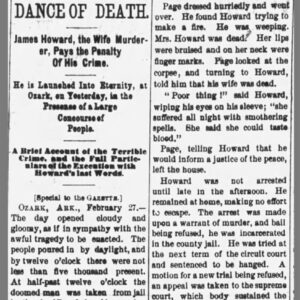 James Howard Miller Execution Article
James Howard Miller Execution Article
Mills, Lee (Execution of)
aka:
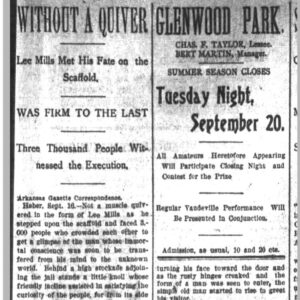 Lee Mills Execution Article
Lee Mills Execution Article
 Mississippi County Execution Article
Mississippi County Execution Article
Mississippi County Executions of 1880
 Mississippi County Law Enforcement Center
Mississippi County Law Enforcement Center
Moffatt, Columbus (Execution of)
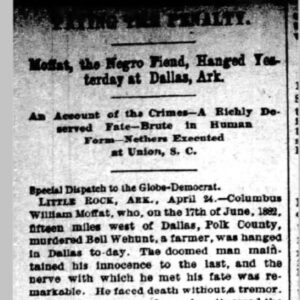 Columbus Moffatt Execution Story
Columbus Moffatt Execution Story
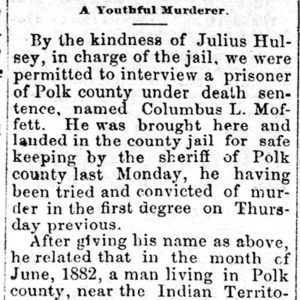 Columbus Moffatt Execution Story
Columbus Moffatt Execution Story




